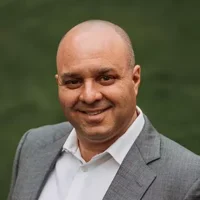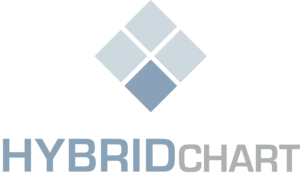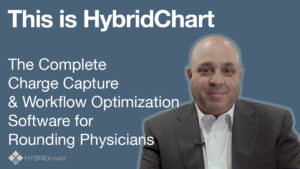Over the past few decades, healthcare has changed drastically as to how we as physicians deliver care to our patients. Technology, including the digitization of medical records, patient portals, and telemedicine has transformed medicine – in both positive and negative ways. We have seen significant improvements in clinical decision-making, patient outcomes, and the cost-effectiveness of care. The impact of this technological revolution has also changed the culture among medical providers and their approach to new processes. Providers are feeling overwhelmed and unsettled, and the burden of constant change is falling on our laps.
Quality medical decision-making is reliant upon real-time information exchange amongst providers and other players on the clinical care team. There are tools available to help with this exchange, and even automate it, however, there have been difficulties with adoption. Medical providers are reluctant to change their routines, and resist disruption of their delicate workflows.
Where does this resistance to change come from? It is the result of external forces mandating alterations to our workflow. We are professionals and have been tasked with caring for the health of other human beings. It is a daunting responsibility. Meanwhile, the time in our days seems to be shrinking as more items are added to the to-do list. And our processes, some of which have been handed down from generation to medical generation, seem to just barely work. The risk of kicking the legs out from under these workflows is too scary to consider. And allowing outsiders, who do not understand our world to carry out these changes, leads to an incredible amount of anxiety. If the “powers that be” merely change the background color of the EMR menu screen, I have a mini panic attack. Bringing in new workflow tools is that times a thousand.
Part of the juggling act is balancing office work with hospital rounds. This is a complex puzzle which requires a lot of support staff to keep it humming along. Some providers have naturally evolved to separate these two worlds. Hospitalists have taken over for Internal Medicine and Family Practice. Almost as if they conceded that the juggling act was too hard, they each marked their respective territories. Even in this situation, the communication between these two groups of providers is mediocre at best. Specialists like myself still navigate the two realms of patient care and thus have to be more creative in our processes. And, we need to embrace tools that enhance our workflow efficiencies.
Years ago, I developed a workflow efficiency tool to help manage hospitalized patient censuses. It streamlines charge capture and essentially eliminates the need for paper. We all know that paper is very risky in the medical space. Paper charge sheets can be lost or even left out on a counter at the coffee shop. Misplaced paper can breach patient confidentiality laws, and can result in charges never making their way to your billers. In today’s lean healthcare, you cannot afford to miss a charge.
Cleaning up your workflow using a modern approach takes courage. You will need to let go of your antiquated paper processes. These dinosaurs are costing you money and exposing you to unnecessary risk. With the right tool in your hands, your efficiency will skyrocket and you will wonder how you ever got by without it. Your bottom line will change as well – as you lower overhead and increase collections through automated charge capture.
Remember, not all change is bad. Smart processes and user-friendly tools can help your practice adapt to the ever-changing medical landscape.

Benefits of Electronic Medical Records
- Increase productivity: Census management surfaces order of patients to be seen and identifies those ready for sign-off or discharge. Rounding physicians can confidently hand off care for patients to the next provider and all charges and past work are transparent
- Improves patient care: Real-time clinical updates and secure messaging. Helps reduce readmission rates through discharge planning and outcomes reporting
- Increases revenue: Many layers of protection help prevent missing charges. From commonly used hospital codes and specific diagnostic orders to complex procedure codes, all appropriate charges can be captured with a few clicks
- Improves revenue cycle: Charges are immediately visible to the billing team and ready for verification, coding and transfer into billing software
Less stress, more money through charge capture automation, and more time in your day.
At HybridChart, we provide technology that connects your healthcare team, increases efficiencies, AND improves your bottom line. HybridChart’s cloud-based software adapts to your practice’s unique workflow and will improve your profitability and patient outcomes by utilizing our 5 features: census management, charge capture, secure messaging, discharge management, and data analytics.
NEVER miss another charge and get PAID for the work you do!







